In a phrase, any business can use local SEO, but it’s more effective if a business has a definitive physical location.
There are also certain types of businesses that benefit the most from SEO.
However, if you get most of your business from local clients or customers, local SEO might also be a good idea for you as well.
Local restaurants, retail stores, law firms, doctor’s offices, dentists and so forth all benefit from using some type of local optimized marketing strategy. If you expect foot traffic from your website, you probably want to be the first to use local SEO.
Table of Contents
Local SEO vs. Traditional SEO
Traditional or national SEO will target broad scope keywords. These keywords aren’t attaching a regional identity. For example, if you’re the marketing team behind Wal-Mart’s new national campaign for cheap tires, then your keywords will likely direct towards all markets and focus on “cheap tires,” “tire discounts” or “tire deals.”
However, if you are a local auto tire company, you want to focus your keywords around location such as “cheap tires Orlando” or “tire discounts Orlando FL.” Creating a great local SEO strategy is about more than keywords but understanding this difference allows you to do accurate local keyword research, which is part of the whole marketing concept behind being local.
Local Profiles on Google
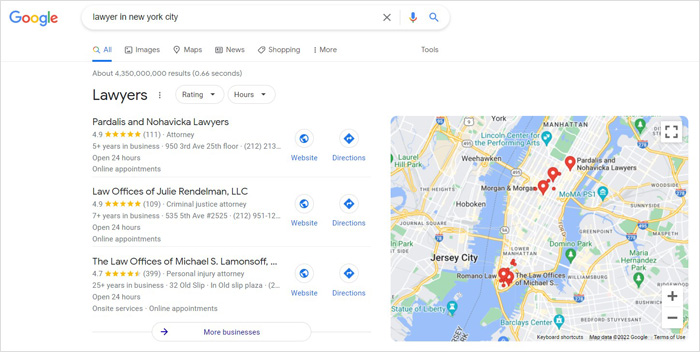
Creating profiles in Google is the first thing that any business wanting local traffic must do. Why’s that? Most people are using Google to do keyword research or product/service research, and when they type in something like “new tires Orlando,” a list of businesses that have profiles on Google Places will pop up at the top of the results page for the Orlando, Florida location.
This means that businesses must add their complete location and details to Google Places. The profile must contain as much information as possible including a thoughtful description, pictures, contact details, store hours, and hopefully reviews.
You also want to set up profiles on other social media platforms like Facebook and LinkedIn.
These sites will undoubtedly come up whenever anyone searches your store’s name or products to learn more information, and you should be the one to control that information.
Be Consistent with Every Listing
When you start to create profiles and even build a website, you should make sure that your address is consistent on any page that has your name, address and phone number. They should also feature the same main photo and additional images that are consistent with the rest of your profiles. It may seem trivial, but you should never abbreviate one address and not another.
Using On-Site Optimization Techniques
There are four things to know about local on-site optimization. For one, name, address and phone number must be on every page of your site, such as at the bottom or top. In addition, city and state names should be in the title tags, meta descriptions and content of your site. Schema local markup can also help search engines find your local content better and identify your location for users. Lastly, you can use a KML or keyhole markup language file to further your on-site optimization.
The Most Important Factors to Boost Local SEO Rank
Reviews, positive feedback and number of profiles is important. Reviews should be on every page that it is possible to have reviews, but Google Places reviews are seen the most, which means they contribute the most to a local business ranking in search results. Businesses often ask customers to leave reviews or add hints to review when a customer is obviously having a great experience. It’s important that you don’t pay for reviews, but businesses have had some success by offering a free gift if a customer leaves a review.
Central Location Matters
While having all of the above will definitely boost your ranking, your business may still not be in the lead if you are from the city’s center. That’s because when someone searches for “tires Orlando FL,” Google uses “centroid bias,” which means that the search will look for locations closest to the city center of Orlando.
Basic Tips to Boost Local SEO Today
This is a rundown of the steps a business owner can take to improve local SEO immediately.
1. Claim a local listing in Google Places
Complete the listing until the profile is 100 percent finished. Images, videos, descriptions, contact information, links and posts are all important to finishing your listing. You do not want to use any keywords or location names in the business title unless it’s critical. For instance, if you own “Cheap Orlando Tires Inc” then it’s acceptable, but if your business is “Tires Plus Orlando,” then you wouldn’t write “Cheap Tires Plus Orlando FL.”
2. Spread information through Yext
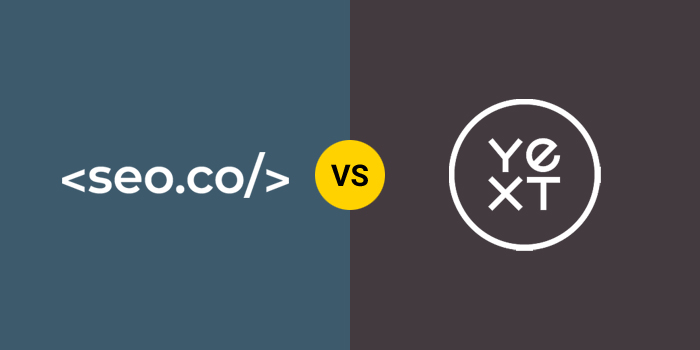
Yext is a service that allows you to spread your business information to other local platforms in the same format as you did with Google Places. Each of these becomes a “citation,” which is very valuable in terms of local SEO.
3. Set up other important social profiles
Facebook, Twitter and LinkedIn are obviously important for local SEO, but if your business is more visual, you may want to set up a profile on Pinterest; if there is a local directory website that lists all of the local tire places, your business should be on there as well.
4. Use local keywords in your content
Some of your content on your site can use local SEO keywords such as “Tires in Orlando” or “Orlando tires.” The links, title tags, anchor text, in-text keywords and meta descriptions should offer city and state keywords that relate to any of the service areas that are within your physical location’s reach. Link building is important to gaining traffic, so you should be linking to authoritative pages with PageRank 3 or above that relate to your site’s articles and blogs while also linking to a page on your site that is related to the content with a keyword as well.
For example, if you are selling tires, you can link a high traffic site with authority on high quality tires to the keyword “tire specifications.” Later in the same piece, include a link for the keywords “Cheap tires” but set the title of the link to “Tires in Orlando.” This can be done with the following HTML code for URLs:
<a href=”url” title=”Tires in Orlando”>Cheap tires</a>
Now that you know a few ways to develop local SEO immediately, your site can build a reputation online and easily be found by those who are looking for your SEO products and services near your location.
5. Make sure your website is responsive
In the past, it was good enough to have two versions of your website that were automatically displayed to visitors based on their device (mobile v. desktop). However, it’s a lot of work to maintain multiple sites in multiple locations so the better solution is to build a responsive website.
Responsive websites automatically adjust text size and element proportions based on a user’s screen size. The problem with unresponsive mobile-friendly sites is that they don’t always look good on a desktop computer.
Thanks to Google’s “mobile-first indexing,” desktop users searching Google will only be given the mobile-friendly version of indexed pages. Having a responsive site ensures that all the web pages Google indexes from your website are accessible to all users.
6. Focus on speeding up your site
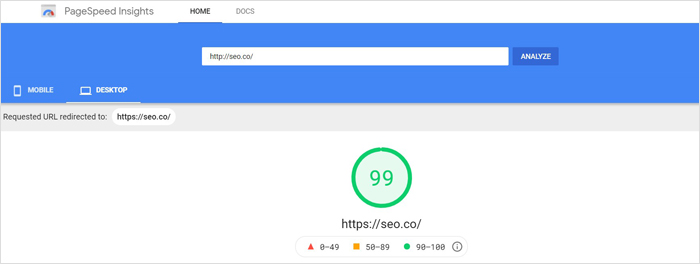
Google favors websites that load quickly. Page speed is an important ranking factor, so if your website loads slowly, you might see your rankings drop. In a local market, that means giving more business to your competitors.
The longer a web page takes to load, the more likely visitors are to bounce. A high bounce rate will also contribute to lower rankings. People expect near-instant results in today’s world and that includes getting information online.
7. Create deep internal links
Internal links are links that go to other pages on your website. It’s important to have a structure of deep internal links because it helps Google and other search engines crawl your website. If you don’t have a sitemap for search engines, the crawl bots will only be able to find and index pages that are linked within existing, known pages. Deep internal links provide the pathway to those other pages throughout your site.
8. Use simple, SEO-friendly URLs
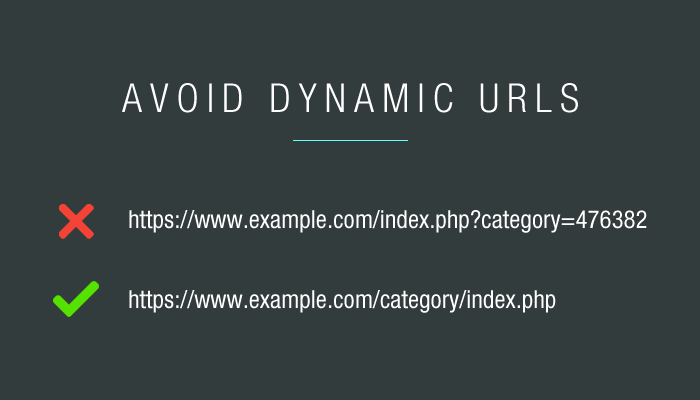
Most content management systems have switched to using friendly URLs by default, but there’s one more thing you need to remember when creating your URL structure: keep it short.
SEO-friendly URLs should consist of three or fewer words – use one if possible. The shorter you can make it, the better. The reason shorter is better has to do with usability and ensuring that users have an easy time determining where they are on your site. If your URLs are clouded in multiple directories and long phrases, it will be overwhelming.
A tip for WordPress users is to change the URL for each page and post rather than allowing the system to set it automatically. When you don’t specify a URL, the system will turn the entire title of the page or post into the URL.
9. Optimize your title tags and meta descriptions
Once your web pages show up in search results, users have to click on your site. The title of your web page will be displayed, but your title tags and meta descriptions have the power to generate clicks.
By optimizing your title tags, you can capture more attention from users who are deciding on which result to view. Ideally, a good length is between 50-60 characters and should include your main keyword.
Optimizing your meta descriptions gives you the opportunity to entice users to click on your site instead of your competition. It tells users more about what content they can expect when they click on your site in the SERPs. A good length for meta descriptions is 50-160 characters in length.
10. Respond to reviews
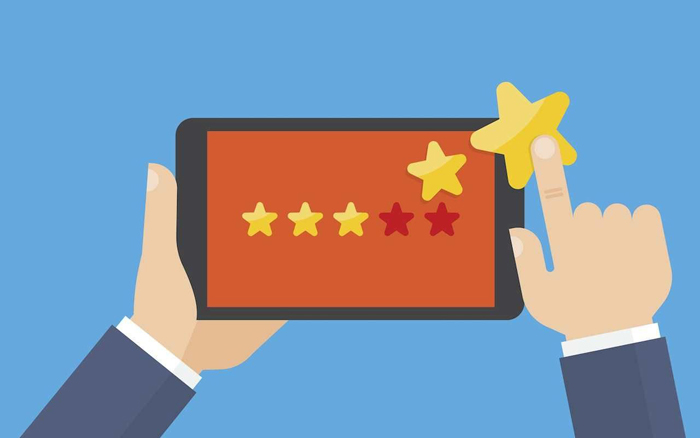
Your business reviews are a local ranking factor in Google. When you have a good number of reviews, your business listing is more likely to show up in Google’s Local Pack and organic local results. You want your business to show up in these sections because they appear before the standard search results and when a user is looking for your local services, you’ll get more business this way.
11. Generate local backlinks
Backlinks are incredibly important, but when you get link citations and backlinks from local sources it can help you build more local authority. A backlink will either help you rank in the SERPs or it will generate traffic. Getting your site linked from local businesses and business directories will generate targeted traffic to your site.
12. Use structured data/Schema markup
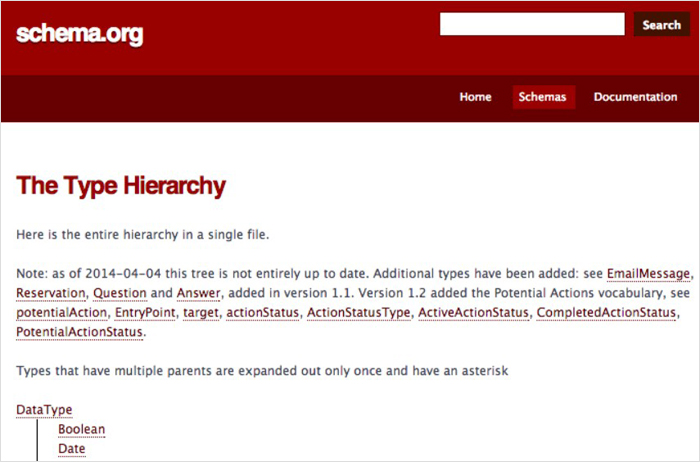
Structured data helps Google, Bing, Yahoo, and other search engines understand what your content is about. Adding local business structured data to your website will tell Google details about your business, like your hours of operation, special offers, reviews, and other bits of data that can be used to help boost your visibility in the SERPs.
Conclusion
Many of the above mentioned local marketing strategies can be made much more efficient with the use of artificial intelligence (AI).
But extreme care needs to be exercised.
Get in touch with us today to discuss a local SEO pricing structure that matches your budget!
- How to Tell if an SEO Agency Is Trustworthy [in 5 Steps] - April 7, 2025
- Why Isn’t My Website Ranking on Google? [9 Reasons + Fixes] - April 2, 2025
- Why Your Google Rankings Dropped & How to Fix It - March 29, 2025



